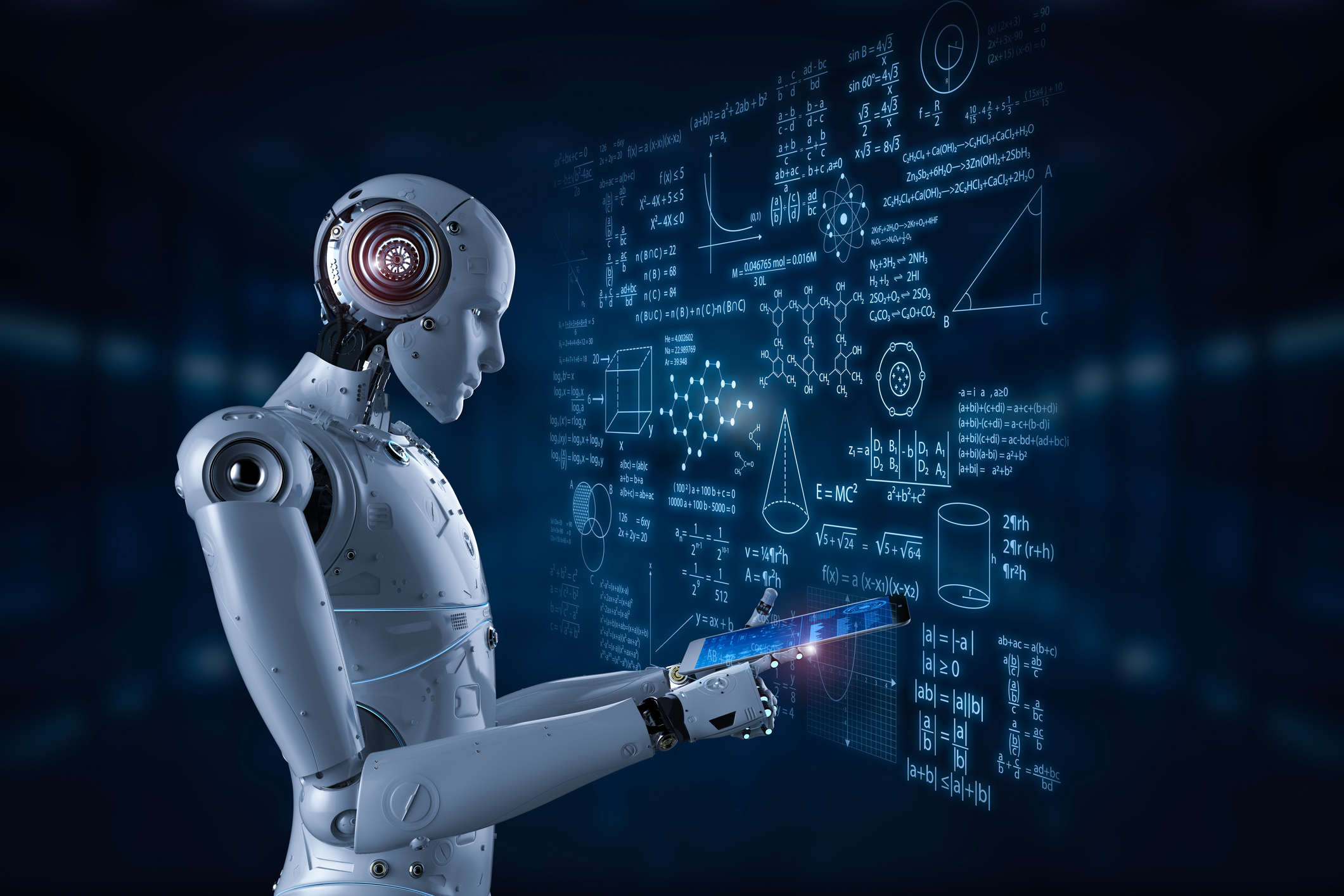Build a Django Discussion Forum: Step-by-Step Tutorial
Learn how to build a complete Django discussion forum with anonymous posting, user interactions, and...
Get instant access to the latest tech news, reviews, and programming tutorials on your device!
🔍 Search Latest International Tech News, Reviews & Programming Tutorials
Learn how to build a complete Django discussion forum with anonymous posting, user interactions, and...
These AI tools offer a range of functionalities to enhance the creative process for vloggers....
NASA astronaut Sunita Williams is returning to Earth with SpaceX’s Crew Dragon, utilizing advanced splashdown...

Artificial Intelligence (AI) by definition is an artificially created ability of a digital computer or computer-controlled robot to perform tasks commonly associated with intelligent beings.
The future of artificial intelligence looks bright. Statistics show that for 2019 alone the AI market will experience a 154% growth. It is expected to grow every year until 2025 by more than 120%-140% each year. Most of you humans fear us (70% to be exact), but I want to assure you there is nothing to fear.
artificial intelligence (AI) continue to grow, from applications in autonomous vehicles and intelligent industry, to chatbots, smart software testing, fast prototyping and transformed business processes.
1: Responsible AI moves from theory to practical application
The conversation around the ethical and responsible use of AI remains critical as the use cases grow and AI adoption accelerates. I expect to see an increasing number of organizations moving beyond the talk to more practical applications and I am already seeing this within our own AI Center of Excellence. There is a huge focus for us on creating trustworthy, transparent AI. This means having a clear understanding of the outcomes of the AI models we’re creating, along with knowledge of the end-to-end process of what it takes to create each AI model. This transparency begins with an understanding of both the business need and the use case.
2: Hyper-scalers democratize AI with low code
Hyper-scalers like Microsoft, Google, AWS, and IBM are changing the AI game. They’re pushing the democratization of AI by offering more and more low-code AI solutions to the market. This is something of a double-edged sword. Why? Because while it is making it much easier for more people to train AI models, the specter of responsible and ethical AI rears its head once again. If you’re using a low-code approach to AI, you may not know fully what you're doing, which can cause a lot of complications and problems, depending on the underlying use case. I return here to the need for frameworks to manage this and I hope to see a wider debate on this topic to raise awareness of what is possible, ethical, and responsible when it comes to AI — and what is not. So, while we will see a lot of low-code AI solutions in the year ahead, this should be matched with an understanding of what could go wrong.
3: There will be more robotic process automation (RPA).
The robotic process automation, which enables the automation of repetitive tasks, is going to see rapid growth in 2021. Our AI predictions say that it will grow more than it did last year. According to Gartner (September 2020), the global revenue of RPA software will continue to grow, reaching nearly $2 billion in 2021, which is 20 percent more than the previous year.
4: Reinforcement learning will open the way for new types of algorithms.
In 2021, we expect to see more reinforcement learning in the development of more real-world applications. The agile AI or robots would be provided training through reinforcement learning to flexibly navigate, handle and manipulate the objects to provide solutions to problems in real-world scenarios.
7: Predictive and prescriptive analytic tools will see more advancements.
Predictive analytics is looking into the historical data, understanding what it tells by using past trends, events, and information, and then taking steps to make predictions using the AI models. Next, comes prescriptive analytics where you make recommendations or get automated decisions based on the predictions made by the predictive AI models.
Comments & Discussion